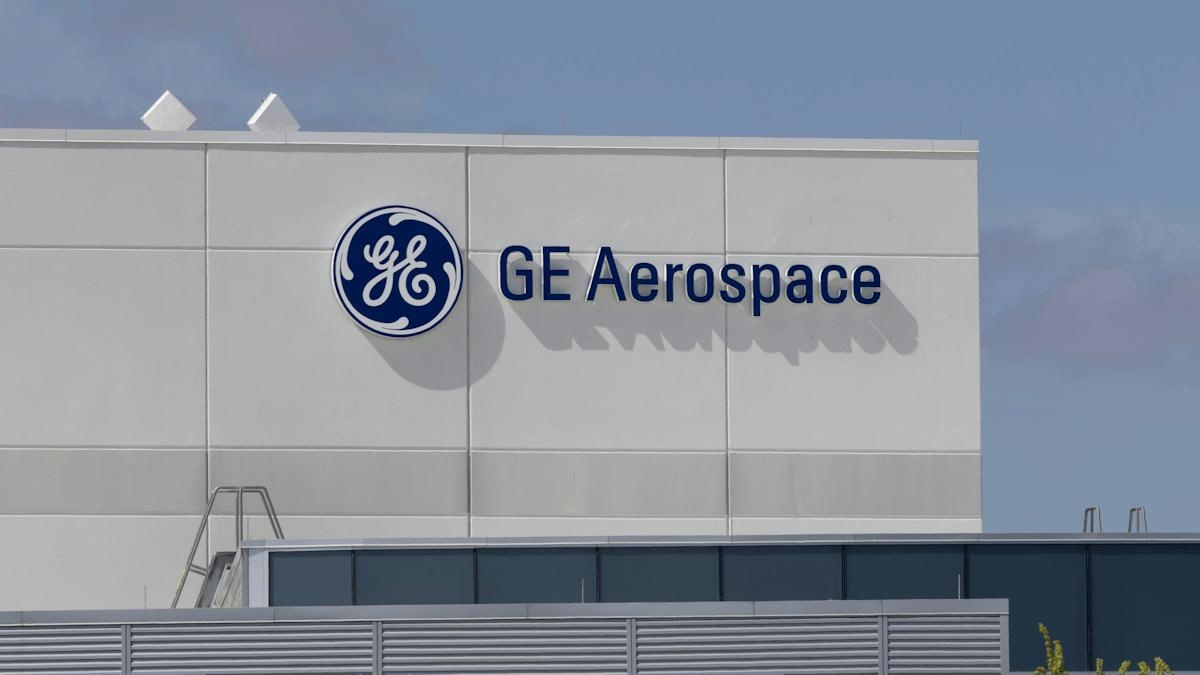
AeroGenie: il tuo copilota intelligente.
Tendenze
Categories
Aero to Begin Hawaii Operations with First Gulfstream Aircraft
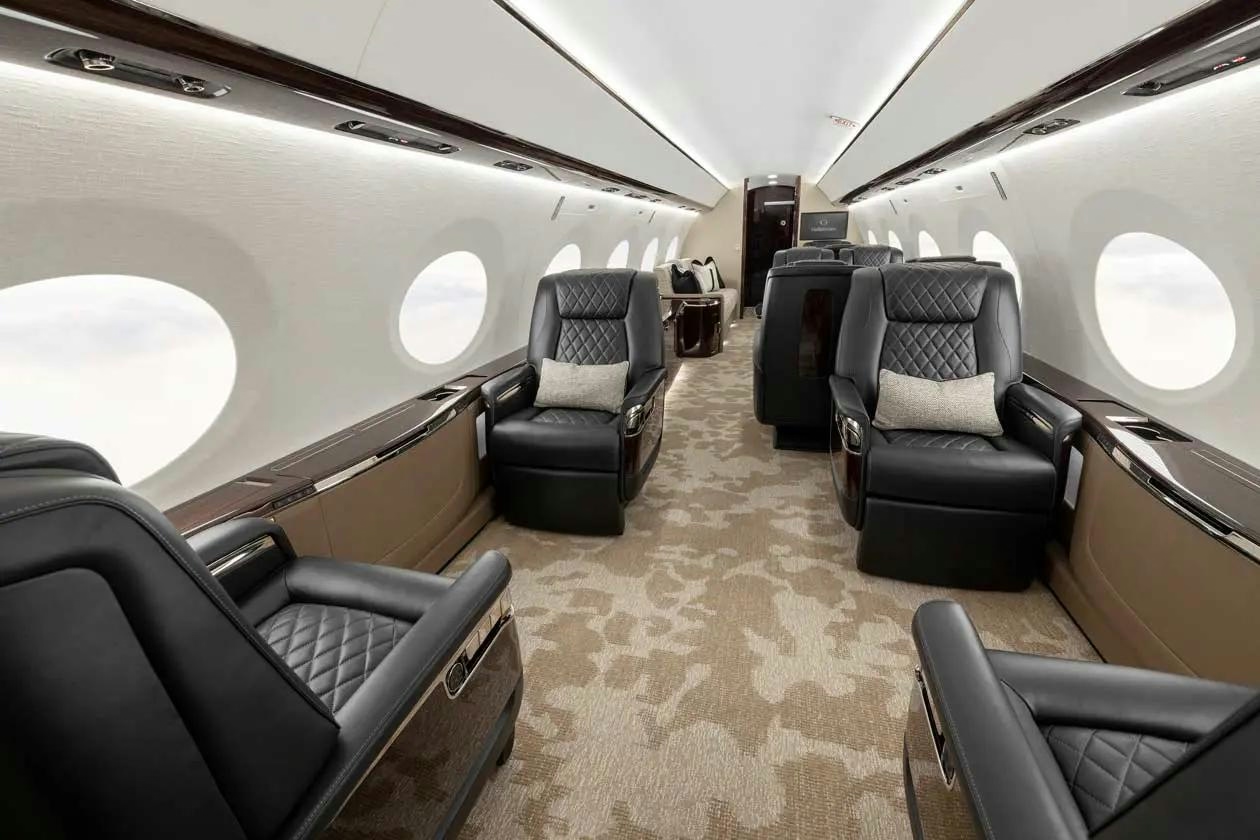
Aero to Launch Hawaii Service with Gulfstream GIV Aircraft
Aero, a United States-based operator headquartered in San Francisco, is set to commence semi-private scheduled flights to Hawaii this autumn, introducing its first Gulfstream GIV aircraft into service. The new route will link Van Nuys, California, with Kahului on Maui, operating weekly flights every Saturday with return journeys on Sundays. Reservations are currently available on Aero’s website for travel dates spanning from November 22, 2025, through April 4, 2026.
Expansion of Aero’s Network and Fleet
The addition of Kahului expands Aero’s growing network of destinations served from Van Nuys, which already includes Aspen, Las Vegas Harry Reid, Napa, Salt Lake City, San José, Sun Valley, Teterboro, and Palm Springs Jacqueline Cochran Regional Airport. While specific details about the Gulfstream GIV aircraft remain confidential, Aero has confirmed that this aircraft will also be deployed on other long-haul routes, including flights to Teterboro. This marks a significant milestone for Aero, as it introduces Gulfstream Aerospace aircraft into its fleet for the first time.
As of July, Aero’s Part 135 certificate, held under USAC Airways 695, LLC, encompasses four 16-seat Embraer E135 jets and a Legacy 600 configured to accommodate up to 13 passengers. These aircraft serve both scheduled routes and private or group charters. In March, Aero secured commuter air carrier authorization from the United States Department of Transportation (DOT), permitting the company to operate scheduled passenger flights. This approval followed a decision request submitted in February, nearly two and a half years after Aero’s initial application.
Market Context and Competitive Landscape
Aero’s expansion into the Hawaiian market occurs amid intensifying competition within the charter and business aviation sectors. The charter industry is currently navigating a rapidly evolving landscape characterized by heightened rivalry and shifting customer expectations. Concurrently, the broader business aviation market has experienced a notable resurgence, with established manufacturers such as Bombardier and Leonardo reporting strong growth and momentum across their respective segments.
Industry analysts suggest that Aero’s introduction of Gulfstream operations to Hawaii may provoke competitive responses from these major players and other operators. The market’s reaction will likely be influenced by broader economic and regulatory factors, including changes in taxation and tariffs, as well as persistent challenges related to talent acquisition and retention within the aviation industry. As Aero seeks to capitalize on demand for premium, semi-private travel to Hawaii, it confronts both promising opportunities and the complexities of an increasingly dynamic and competitive environment.
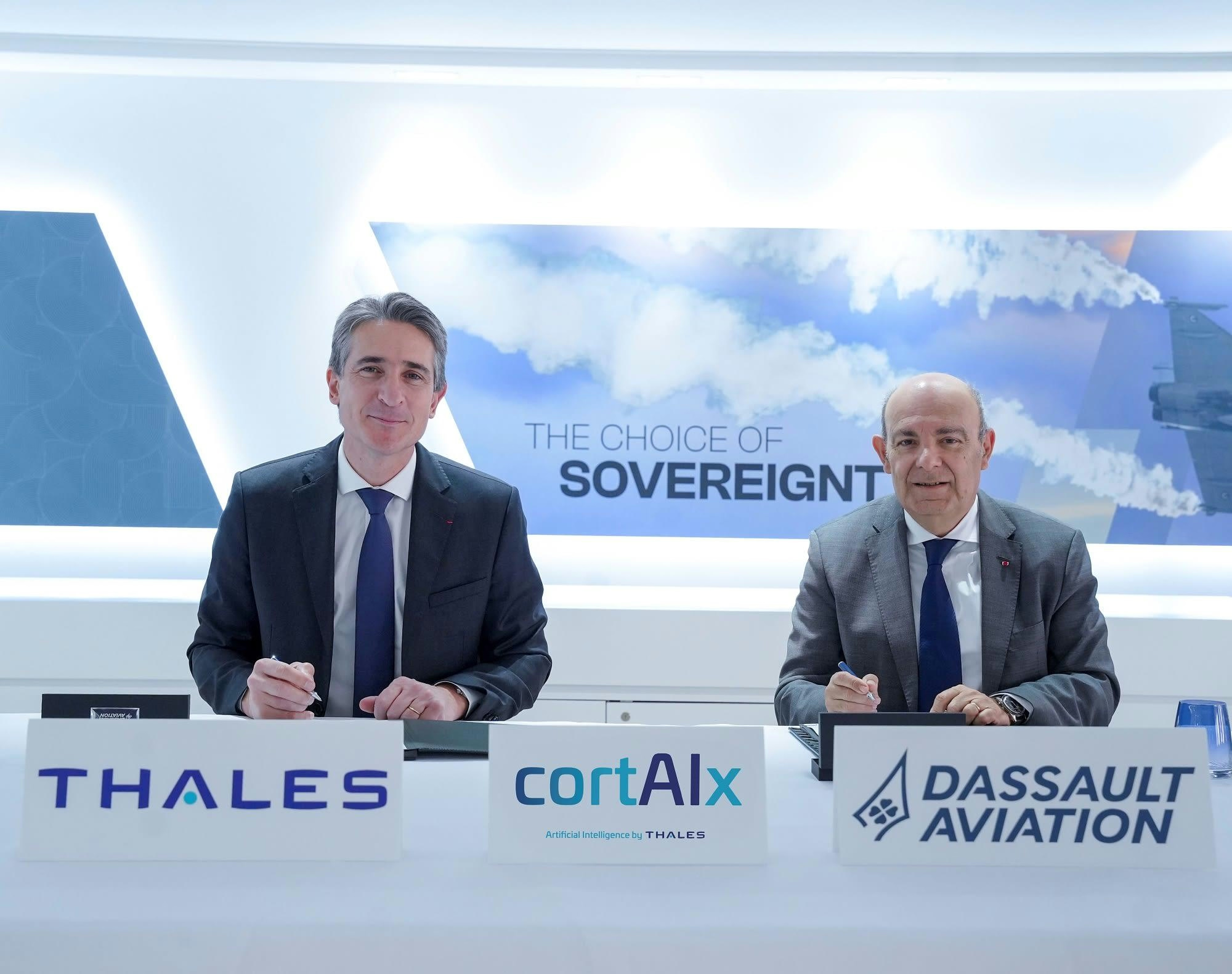
Dassault Aviation and Thales Partner on AI for Future Air Combat
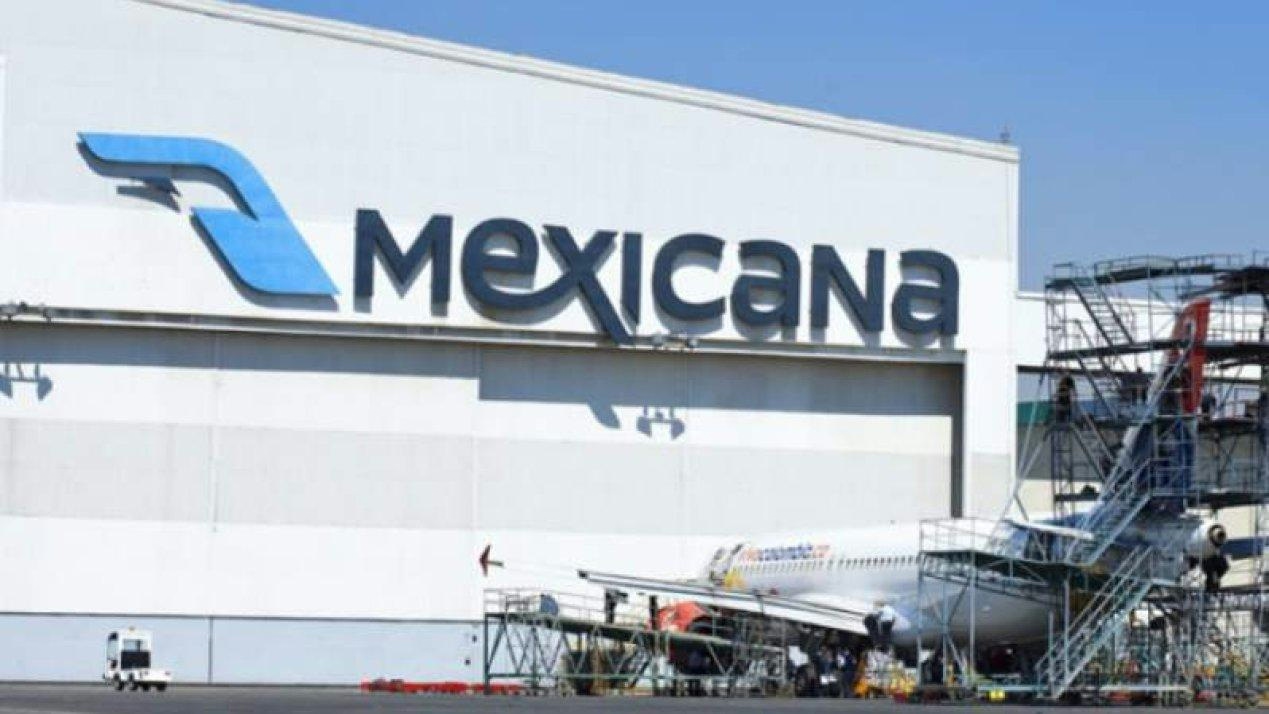
Mexicana MRO Deal Stalls Pending Banorte Extension Approval
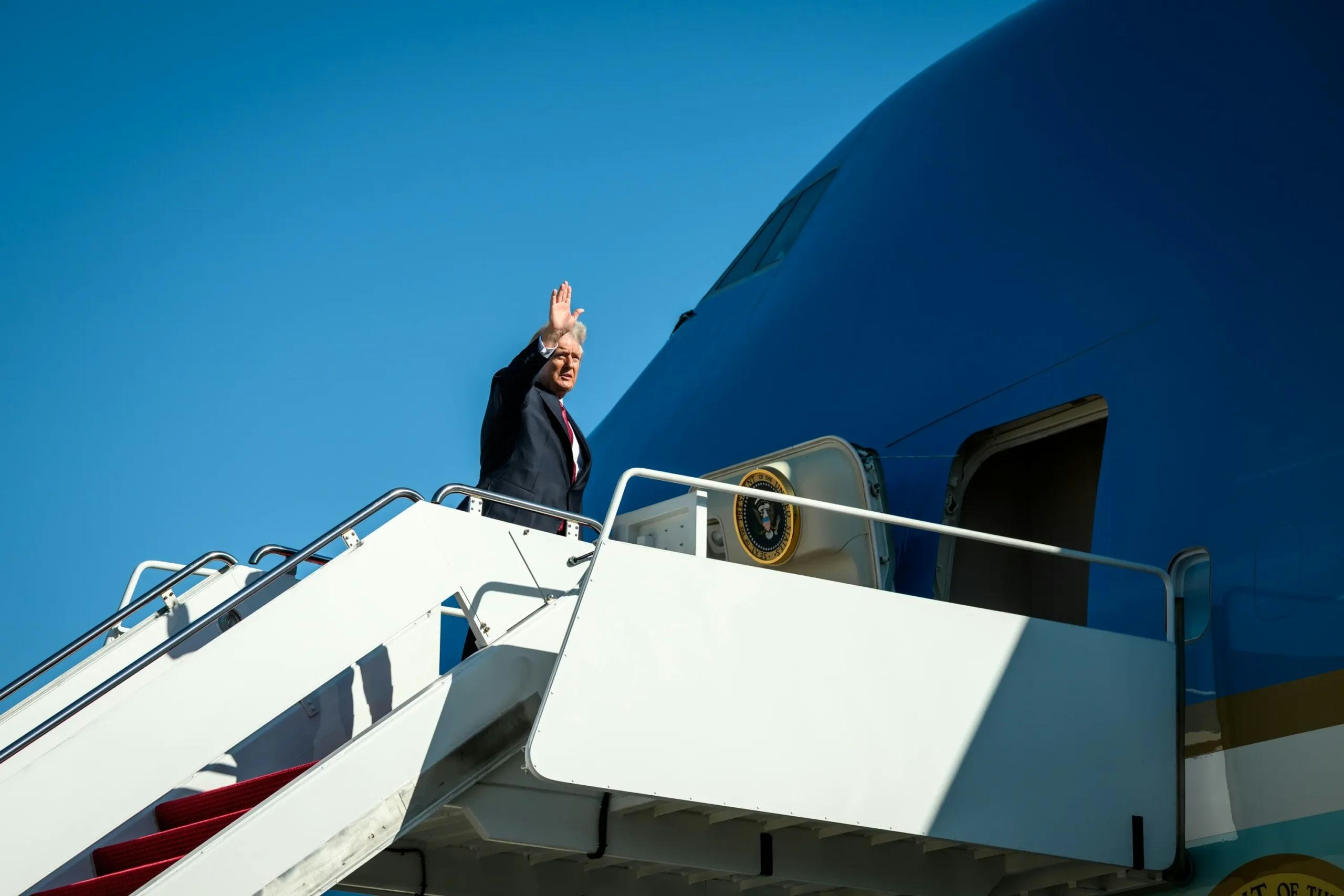
Trump's Policy on DEI Raises Concerns Over Aircraft Mechanic Training
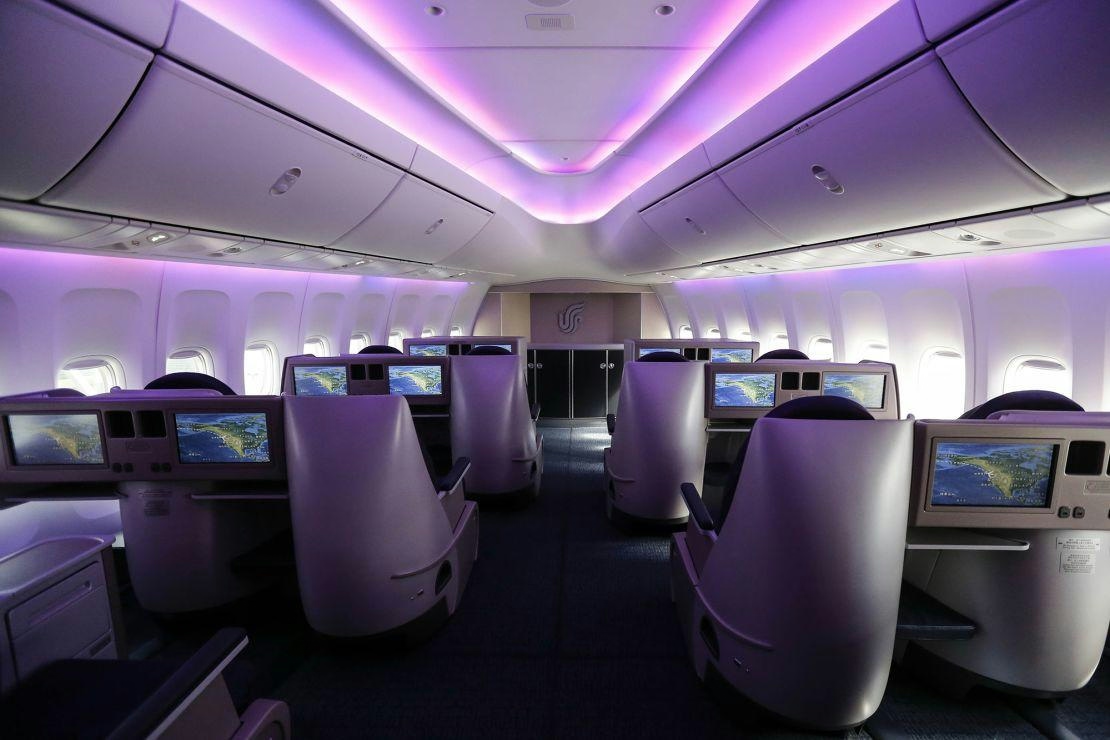
Why Boeing’s 747 Lacks a Full Second Deck Unlike the Airbus A380

Deutsche Aircraft Appoints Ernst-Georg Schröder Manager of Final Assembly Line for D328eco
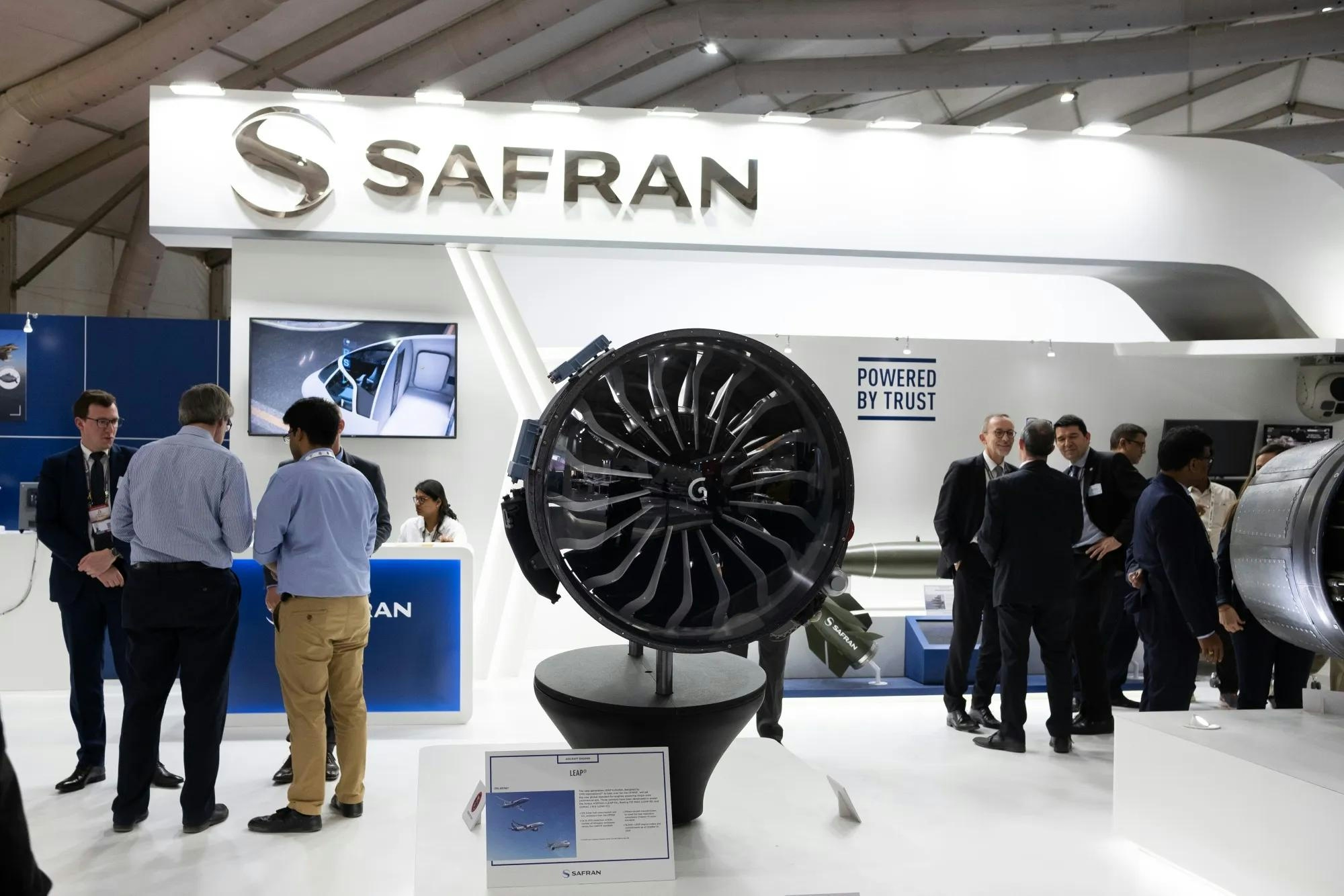
PM to Inaugurate Safran Aircraft Engine Services Facility in India on November 26
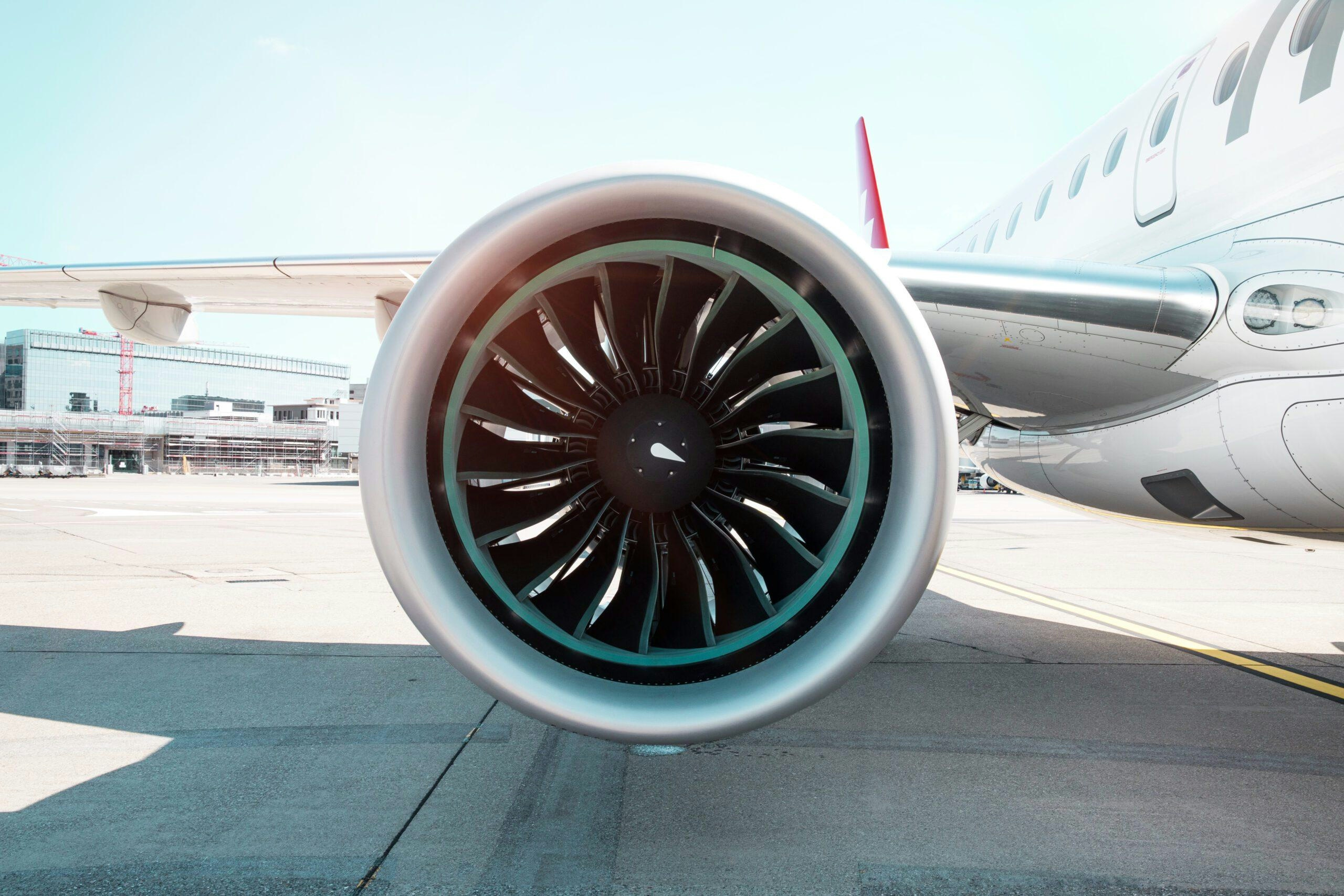
Leading Companies in Aviation Artificial Intelligence: Airbus, Amazon, Lockheed Martin, Tata Power, Thales
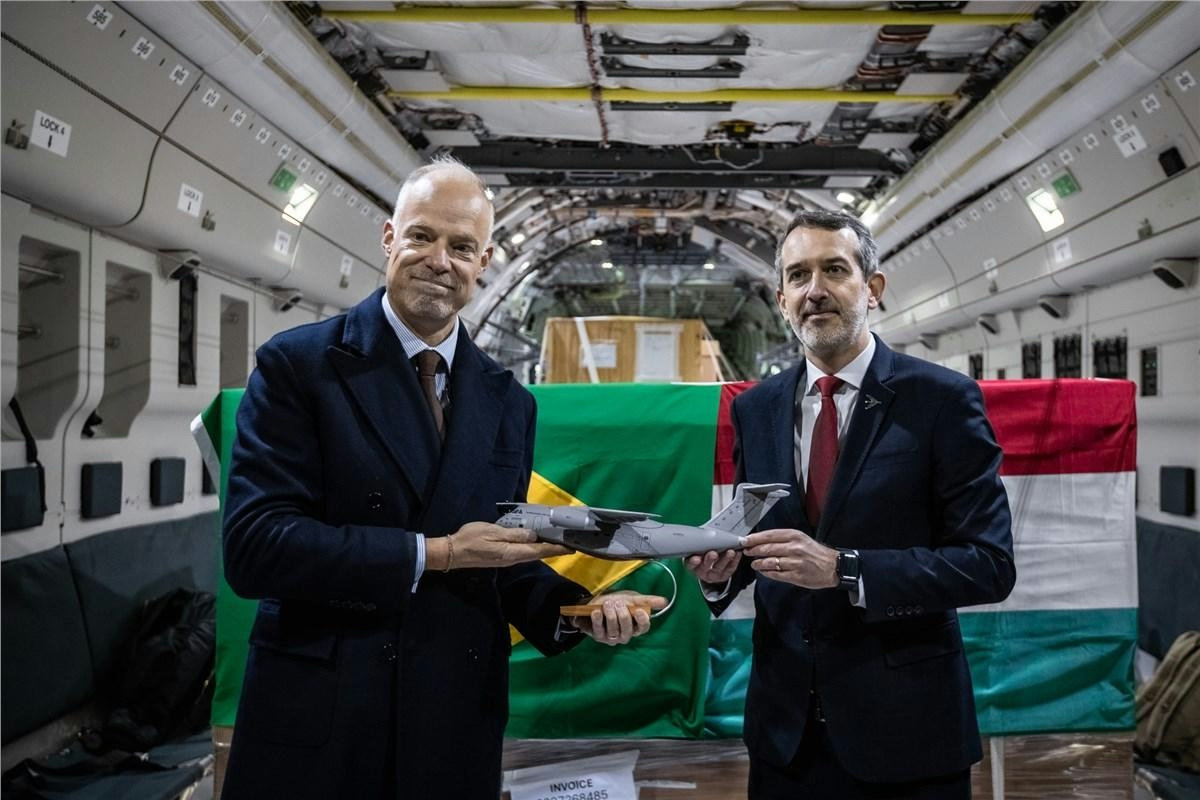
Embraer and ILIAS Partner to Enhance Military Fleet Management
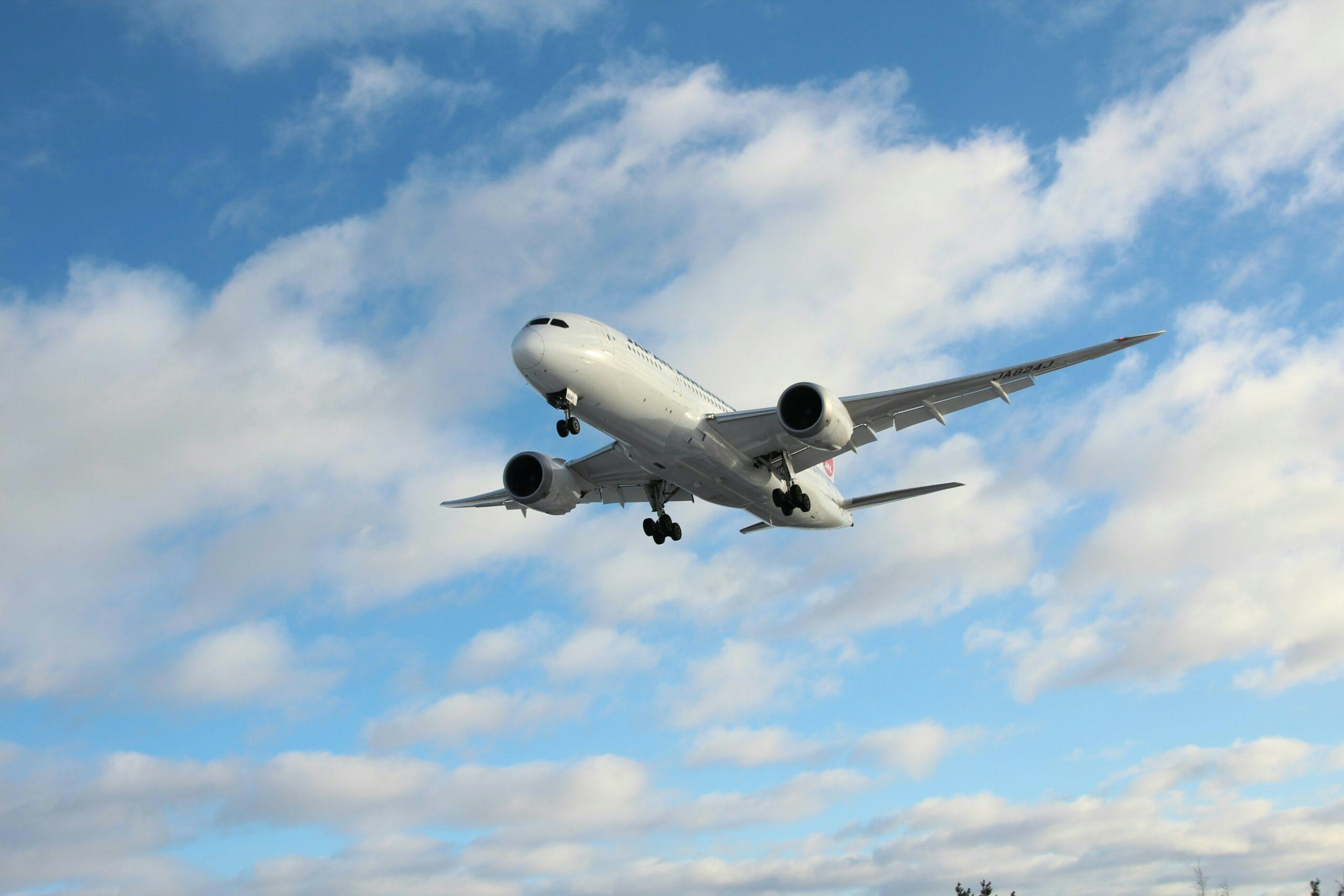
Warburg Pincus Acquires Hong Kong-Based Topcast Aviation Supplies
